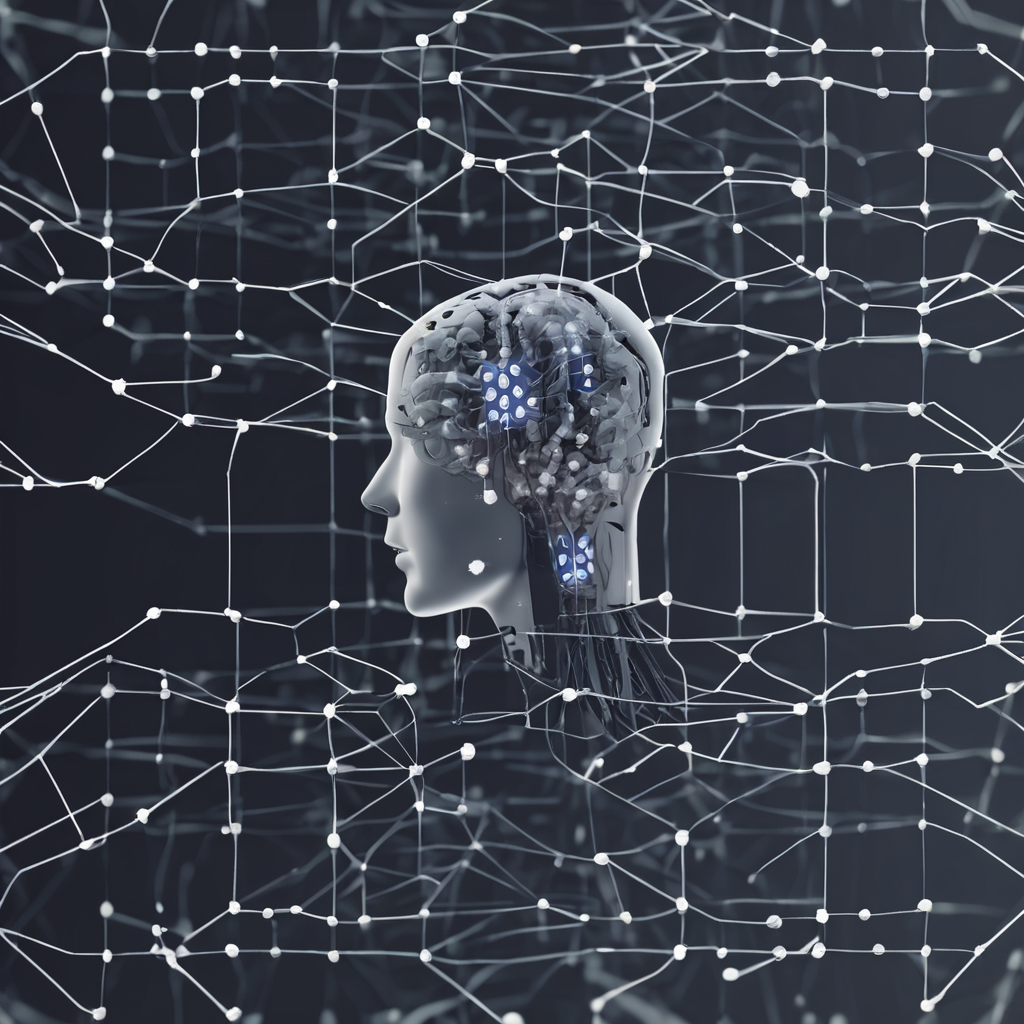
Unintended Paths: Why Neural Networks in AI Took a Different Direction
Introduction
Neural networks were originally touted as the foundation of artificial intelligence, promising to transform the way robots learn and interpret data. These networks, modeled after the intricate structure of the human brain, were intended to simulate how individuals think, learn, and make decisions. However, as AI progressed, the function of neural networks shifted away from the original assumption. So, what prompted the change? In this blog, we will look at why neural networks in AI aren't being used as they were intended.
1. Complexity vs. Practicality:
The basic objective of neural networks was to design systems that could imitate the intricate functions of the human brain. However, the inherent intricacy of biological brain networks posed a substantial problem. Human brains are made up of billions of neurons with trillions of connections, each capable of performing a number of functions. Replicating this level of complexity in a machine proved to be a massive undertaking.
As a result, early neural network implementations were frequently overly simple, failing to provide the expected results. These fundamental models were incapable of handling complicated tasks or large volumes of data, prompting academics to seek more practical and implementable alternatives. This shift in focus resulted in the creation of new machine learning algorithms, such as decision trees and support vector machines, that delivered faster results.
2. Computational Limitations:
When neural networks were originally developed, the computer power necessary to train and run these models far exceeded what was available at the time. Training a neural network entails analyzing enormous quantities of data and altering millions (or maybe billions) of parameters, all of which need significant computing power.
In the beginning stages of AI research, a lack of strong equipment limited neural networks' capabilities. Researchers had to deal with what they had, which frequently meant simplifying their models or limiting their research. As a result, neural networks needed to be more utilized, while AI systems with lower processing power became popular.
3. The Black Box Problem:
One of the most challenging obstacles with neural networks is their "black box" nature. Unlike traditional algorithms, which use well-defined decision-making procedures, neural networks usually operate in an opaque manner. Even specialists may not grasp how a neural network makes a particular choice.
This lack of transparency posed problems for many applications in where understanding the decision-making process was crucial. In sectors like as healthcare, finance, and law, stakeholders needed to know why a model came to a particular result rather than just what the outcome was. Due to the importance of explainability, many researchers and practitioners shunned neural networks in favor of more transparent models that could be simply understood and proven.
4. The Rise of Alternative Approaches:
As AI research progressed, new solutions emerged to problems that neural networks were unable to tackle. Support vector machines, decision trees, and even simpler linear models produced competitive results while increasing interpretability and lowering computation costs. These methodologies were widely used in the AI industry, particularly for applications requiring quick and clear results.
Furthermore, the emergence of ensemble techniques like random forests and boosting allowed researchers to combine the strengths of several models, lessening their reliance on neural networks. These alternate approaches make AI aims more achievable, resulting in a temporary decrease in the utilization of neural networks.
5. A Shift in Research Focus:
The AI community gradually shifted its focus to areas where neural networks were less effective. Early AI research was driven primarily by the desire to construct general-purpose intelligent computers, but as the discipline advanced, researchers began to specialize in specific areas. Neural networks were not always the best fit for natural language processing, reinforcement learning, or symbolic reasoning.
As a result of this shift in research priorities, neural networks were frequently disregarded in favor of technologies more suited for certain goals. As a result, neural networks' position in AI became more specialized, with applications centered on their capabilities, such as image and speech recognition.
Conclusion:
While neural networks were previously supposed to be the future of AI, a number of variables contributed to their purpose altering in unanticipated directions. Neural networks were not always employed as planned due to constraints in early processing capacity and the introduction of new methodologies. However, with recent improvements in deep learning and increased computer power, neural networks are making a comeback, demonstrating that, while their direction has changed, they continue to be an important component of the AI landscape. As we continue to push the limits of what AI can achieve, neural networks are likely to play an important role—possibly in ways we don't fully understand.





